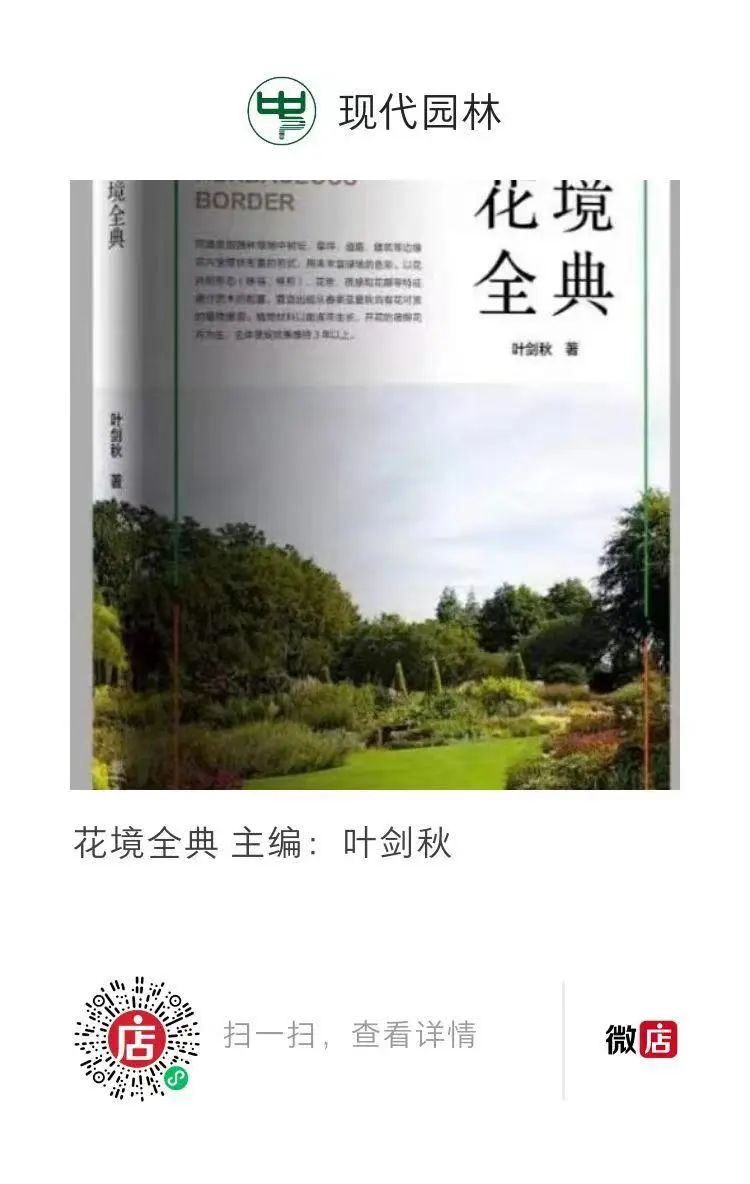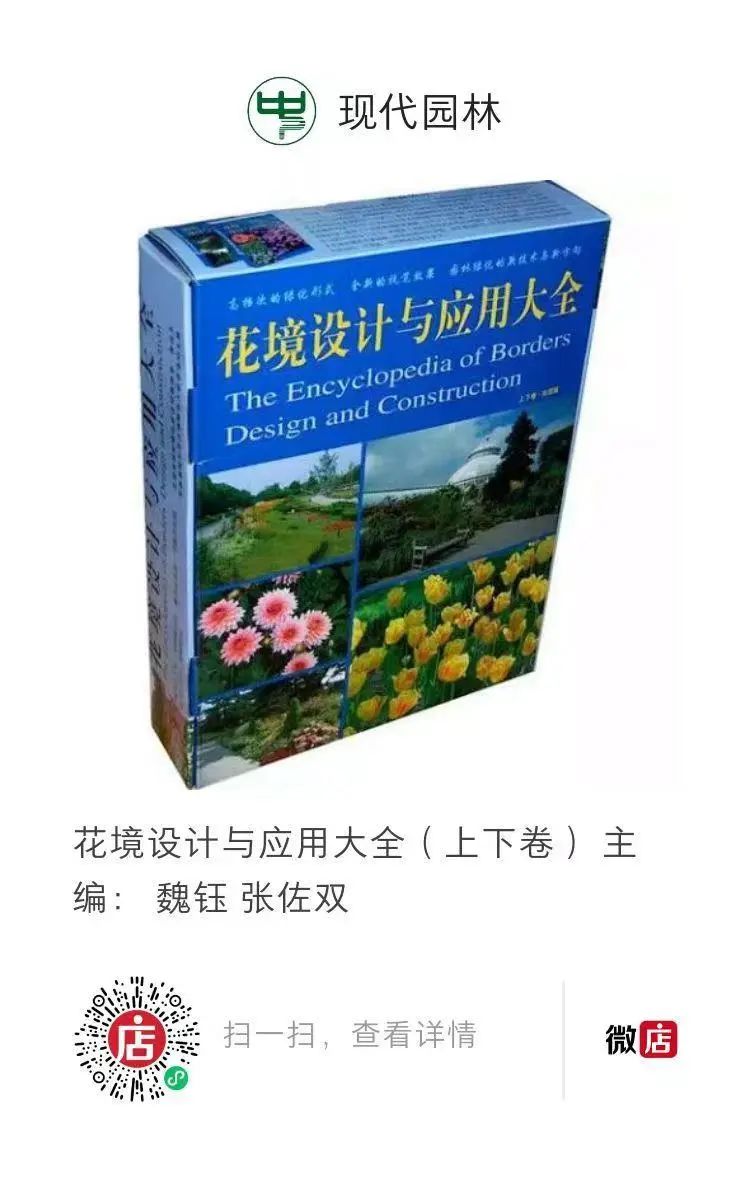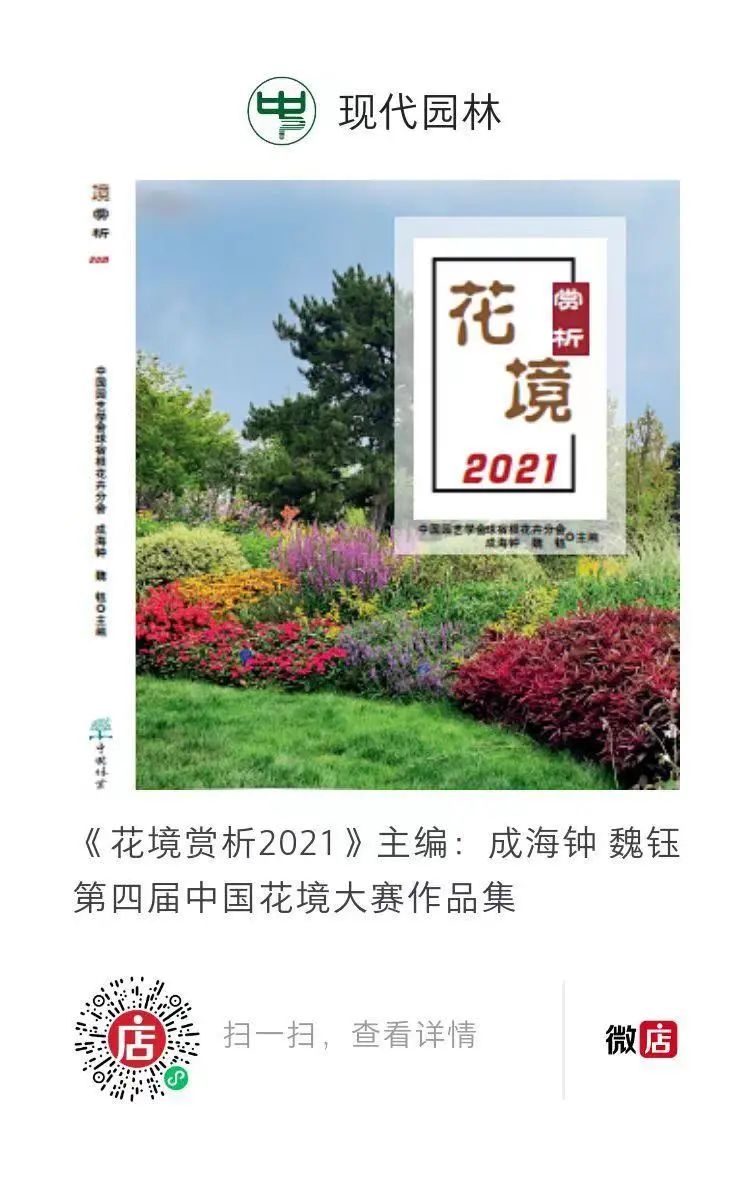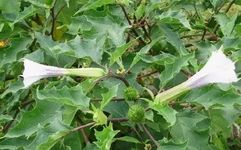
1Mandragora (Mandrake)
It is toxic and serves as a sedative, capable of relaxing muscles. It was a primary ingredient in ancient anesthetics and Yunnan Baiyao. The flowers, seeds, leaves, and roots have different uses in folk medicine, treating various diseases. Chewing ten seeds can treat insomnia.
2Bidens (Bitterweed)
When tender, it can be eaten as a vegetable and is quite palatable. It is said to be effective in reducing transaminases and can disperse liver heat.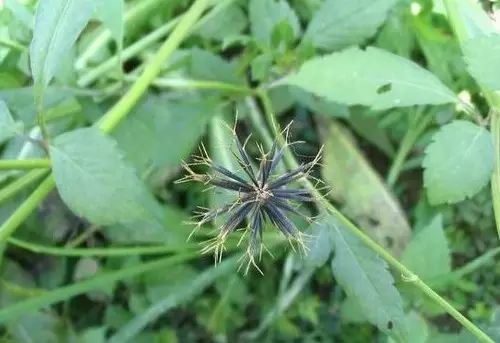
3Sonchus (Sow Thistle)
In Yunnan, people refer to green vegetables as bitter vegetables, but the one in the picture is the true bitter vegetable. Listed as a superior herb in ancient texts, it can strengthen the stomach and benefit the gallbladder, and has anti-tumor properties, making it suitable for modern people.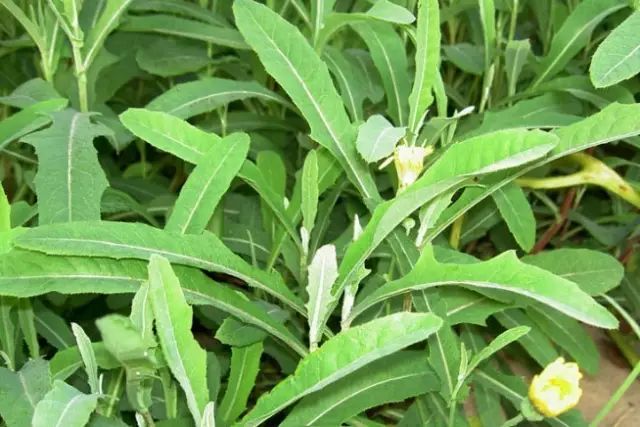
4Helianthus (Sunflower)
There are wild and cultivated varieties. Listed as a superior herb in the classic texts, it is a vegetable beneficial to health, though most regions are unaware of its edibility. The wild variety shown can benefit the five organs, with the roots used to promote kidney function and the leaves boiled with brown sugar for effective external treatment of sores and swellings.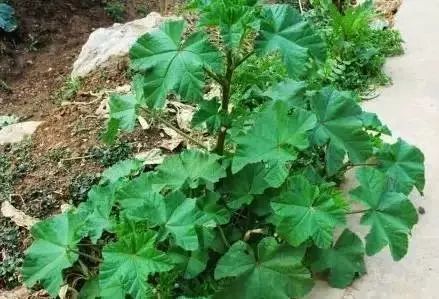
5Urtica (Nettle)
Some texts mention it as toxic, while others describe it as mildly toxic or even highly toxic. In the past, it was primarily used medicinally, but now it is often consumed as a vegetable. Its stinging hairs can cause a prickling sensation upon contact. It can be made into soup or fried with eggs for a delicious dish. It can treat children’s coughs and toothaches due to wind-heat. One patient reported that its roots have remarkable effects in treating urticaria.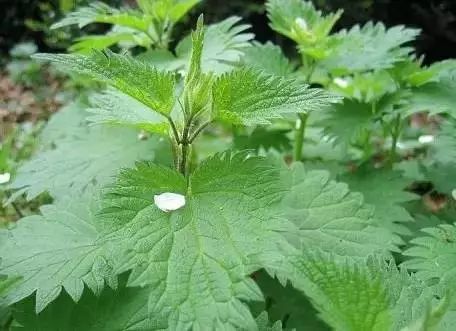
6Solanum (Nightshade)
It clears heat and treats tumors, and is also a commonly used wild vegetable. It has liver-protective, stomach-strengthening, and vision-improving properties.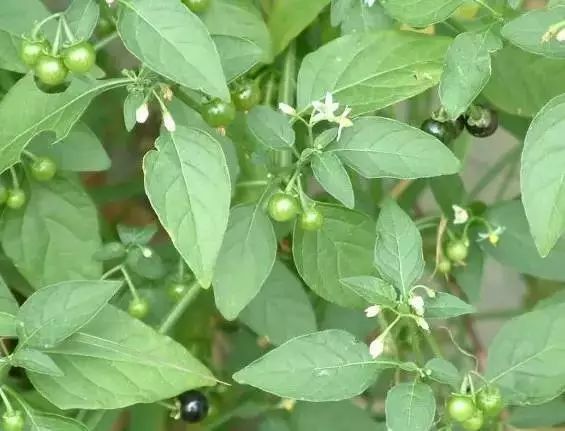
7Hibiscus (Hollyhock)
The fruit is delicious, appetizing, and softens the liver, making it good for children.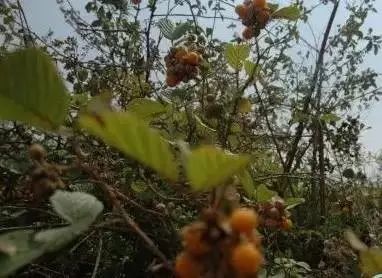
8Polygonum multiflorum (Fo-Ti)
Used to tonify and nourish qi and blood, it has a neutral flavor and can be consumed regularly. It detoxifies and promotes bowel movements without harming yin. The sprouts have calming and blood-nourishing effects.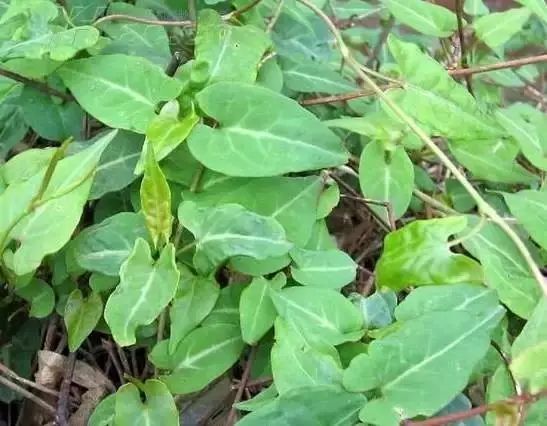
9Hibiscus (Chinese Rose)
The fruit has similar effects to Hibiscus, while the leaves and tender tips boiled with brown sugar are effective for treating liver-related diarrhea without side effects.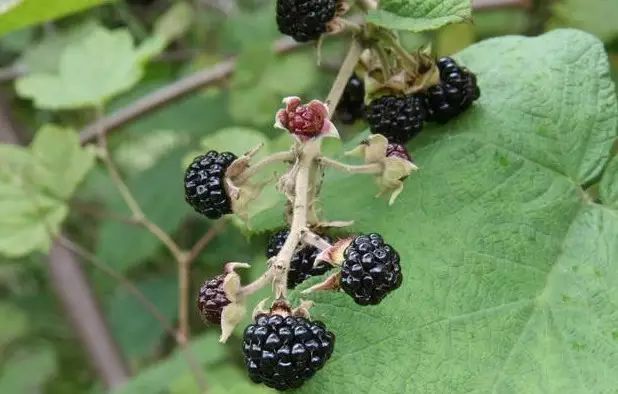
10Mentha (Wild Mint)
It has a similar taste and effect to cultivated varieties, dispersing wind-heat, eliminating foul qi, and detoxifying from fish and shrimp.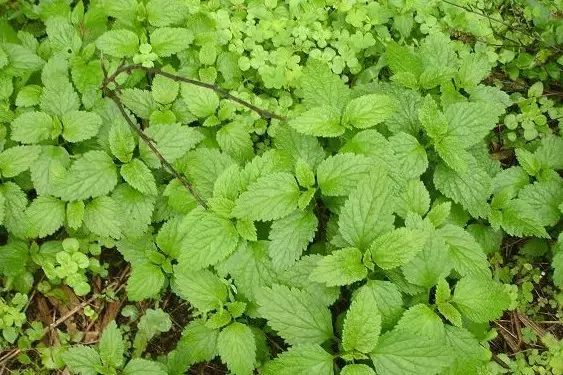
11Palmae (Palm)
The palm fibers, flowers, and roots are used medicinally and have astringent properties, which can stop bleeding, particularly effective for gynecological discharge.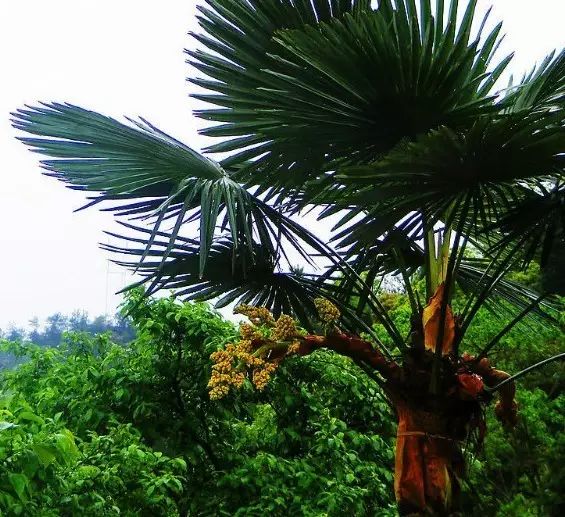
12Chenopodium (Goosefoot)
Generally not used in medicine, it was used in ancient recipes to make winter ash, now rarely used, but can clear lung and visceral congestion.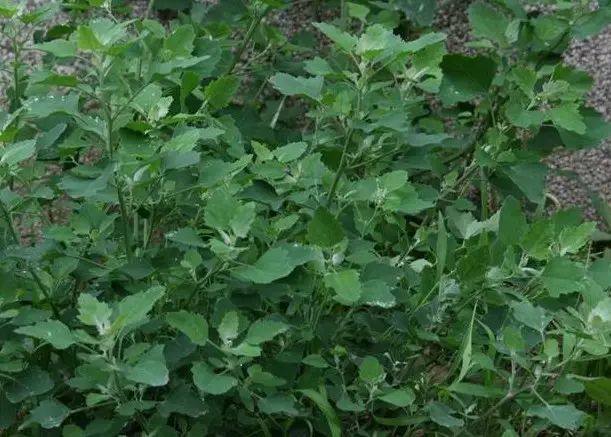
13Prunella (Self-heal)
It grows according to the seasons and can harmonize blood, drawing yang into yin to treat insomnia. It has a salty taste and can soften hardness and disperse accumulations. It is non-toxic, and the tender sprouts can be used as a vegetable, but in central Yunnan, there are many vegetables, and no one eats it.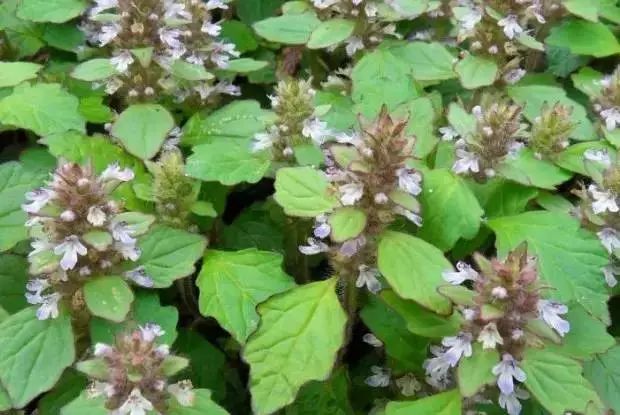
14Plantago (Plantain)
Used in pharmacies, the seeds and leaves have the same effects, clearing bladder heat, benefiting kidney qi, and preventing stone accumulation. Additionally, it can expel lung heat through urination and treat coughs. There are large-leaved and small-leaved varieties, with the small-leaved being better.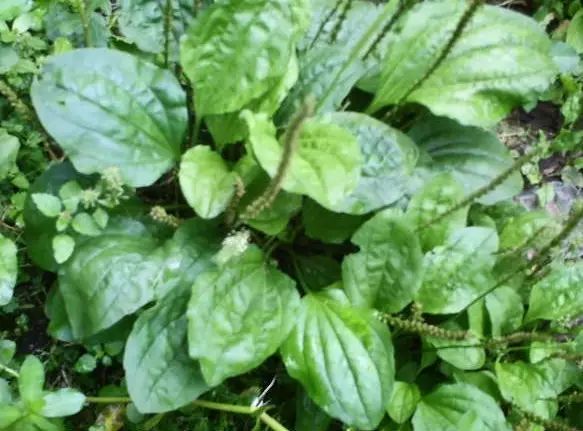
15Artemisia (Mugwort)
There are many types of mugwort, some for medicinal use, some for food, and some for both. Pharmacies often use Qinghao (Sweet Wormwood) and Huanghao (Yellow Wormwood). Mugwort can clear empty heat and is similar to Qinghao, with a less bitter taste. During difficult times, people also consume it to stave off hunger, and it has health benefits, but unfortunately, it is not researched or developed.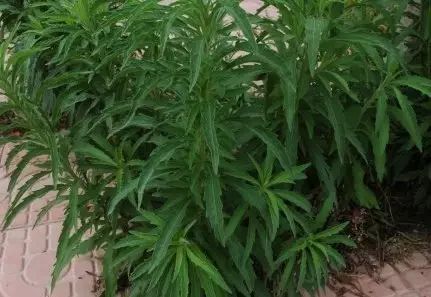
16Lonicera (Honeysuckle)
All parts of honeysuckle can be used medicinally and is one of the precious Chinese medicinal materials recognized by the State Council. Honeysuckle has functions of clearing heat, detoxifying, antibacterial, anti-inflammatory, and protecting the liver and gallbladder.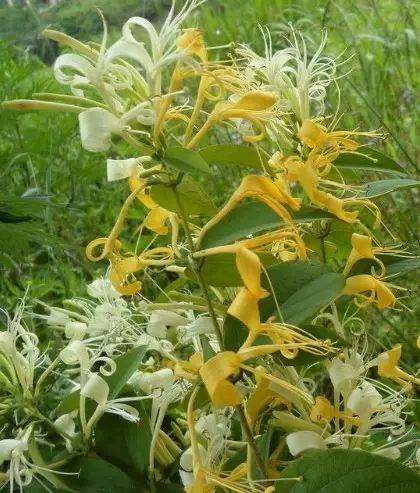
17Taraxacum (Dandelion)
Properties: Sweet, slightly bitter, cold. It clears heat, detoxifies, reduces swelling, and disperses lumps.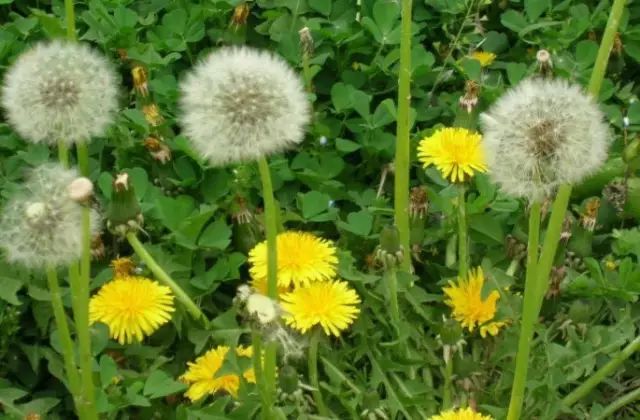
18Commelina (Dayflower)
1. For urinary obstruction: Use one ounce of Commelina and one ounce of Plantago, mash together, add a little honey, and take on an empty stomach. 2. For dysentery: Boil Commelina and take daily. 3. For throat obstruction: Use Commelina juice to gargle. 4. For hemorrhoids: Use Commelina and Bichan flower together, mash and apply to the affected area.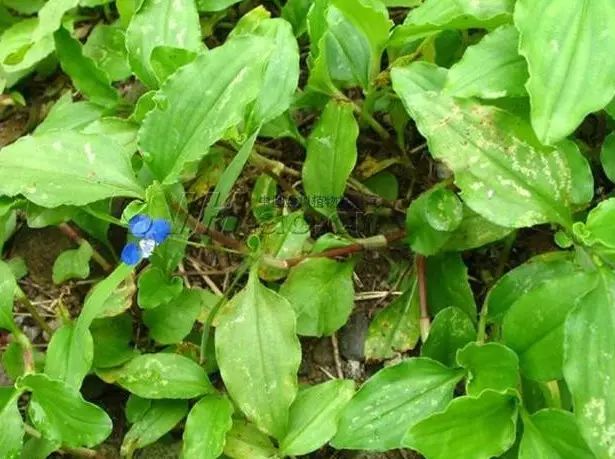
19Houttuynia (Fish Mint)
Found in fields near water, it has a sweet, slightly sour, and cool taste. It can clear heat, detoxify, reduce abscesses, promote urination, and counteract snake venom.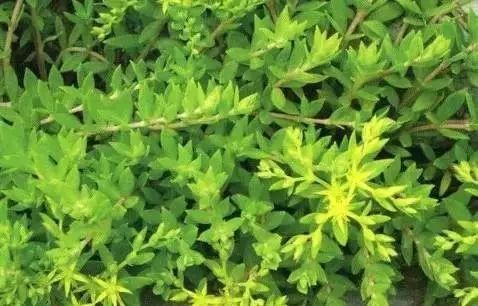
20Physalis (Chinese Lantern)
This needs no further explanation; it is often picked and eaten as a child. It clears heat, detoxifies, promotes urination, stops bleeding, and reduces swelling.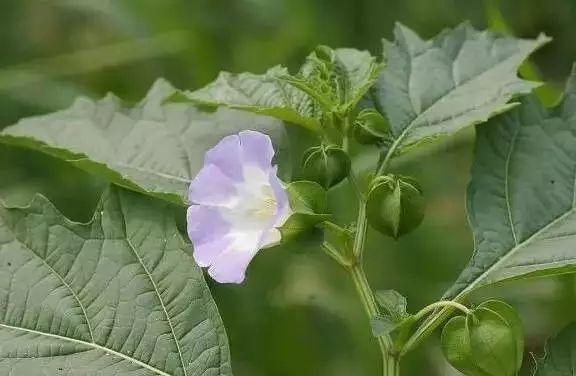
21Xanthium (Cocklebur)
It disperses wind and dampness, opening the nasal passages. It is used for wind-cold headaches, nasal congestion, wind rash itching, and dampness-related stiffness and spasms.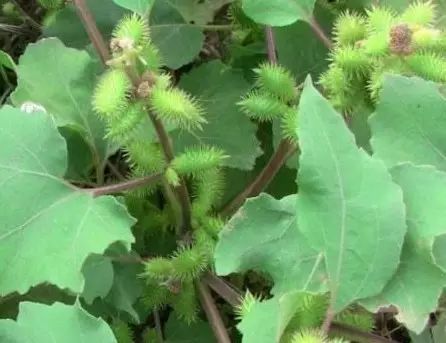
22Artemisia (Mugwort)
Another common wild vegetable, also known as: Malan head, Jiaqian chrysanthemum, Chicken intestine, Red-stemmed vegetable, etc. It belongs to the Asteraceae family. The whole plant is used medicinally. It is cool in nature and spicy in taste. It enters the Taiyin lung and Jueyin liver meridians. It cools the blood, clears heat, benefits dampness, and detoxifies.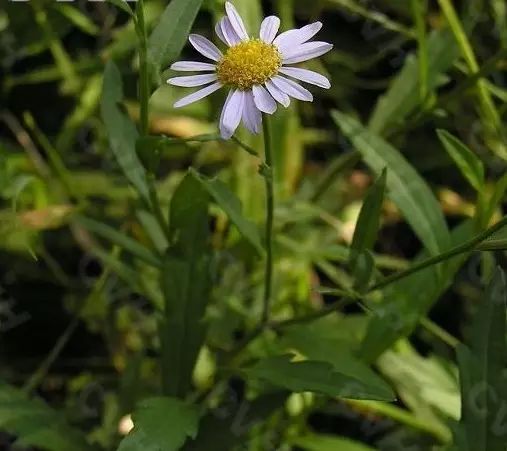
23Capsella (Shepherd’s Purse)
It is one of the most common wild vegetables, which can be stir-fried, cold tossed, or used as dumpling filling. Also known as: Husheng grass, fragrant field mustard, and Lan drum vegetable. The whole plant is used medicinally. It is neutral in nature and sweet in taste. It enters the Shaoyin, Taiyin, and Jueyin meridians. It harmonizes the spleen, promotes urination, stops bleeding, and improves vision. It treats dysentery, edema, gonorrhea, chyluria, hemoptysis, hematochezia, menorrhagia, and red, painful eyes.
24Cirsium (Thistle)
One of the wild vegetables. Also known as: prickly vegetable, cat thistle, prickly radish, knife vegetable, wild red flower, etc. It belongs to the Asteraceae family. The whole plant or roots are used medicinally. It is cool in nature and sweet in taste. It enters the liver and spleen meridians. It cools the blood, dispels stasis, and stops bleeding. It treats hemoptysis, epistaxis, hematuria, dysuria, hematochezia, blood collapse, acute infectious hepatitis, traumatic bleeding, and carbuncles.
25Apium (Water Celery)
One of the wild vegetables. It belongs to the Apiaceae family. The whole plant is used medicinally. It is cool in nature and spicy in taste. It calms the liver, releases the exterior, and promotes rashes. It treats early-stage measles, hypertension, and insomnia. If you pick it yourself, be careful of another toxic celery variety, which is robust and generally grows scattered, while water celery grows in patches near water or wetland.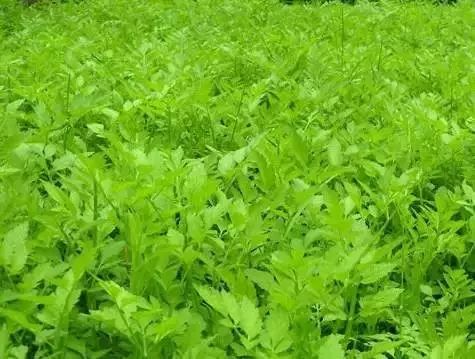
26Coriandrum (Cilantro)
Also known as: broken copper coin, chicken grass, and pot coriander. It belongs to the Apiaceae family. The whole plant is used medicinally. It is cold in nature and has a bitter and spicy taste. It clears heat, promotes urination, reduces swelling, and detoxifies. It treats jaundice, dysentery, urinary difficulties, and throat swelling.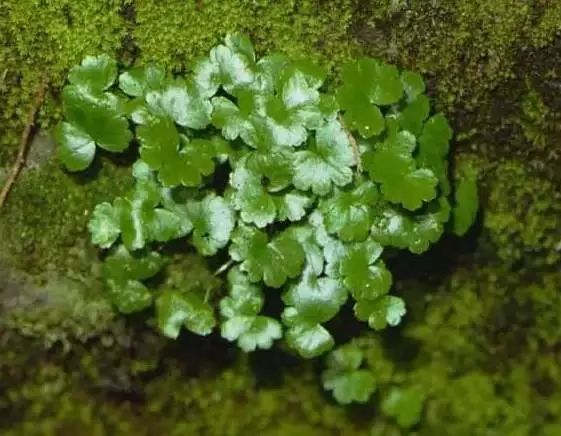
27Oxalis (Sour Grass)
Also known as: three-leaf acid grass, vinegar mother grass, and quail acid. It belongs to the Oxalidaceae family. The whole plant is used medicinally. It is cold in nature and sour in taste. It enters the Yangming and Taiyang meridians. It clears heat, promotes dampness, cools the blood, disperses stasis, reduces swelling, and detoxifies. It treats diarrhea, dysentery, jaundice, gonorrhea, red and white discharge, measles, hemoptysis, epistaxis, throat swelling, carbuncles, and skin diseases.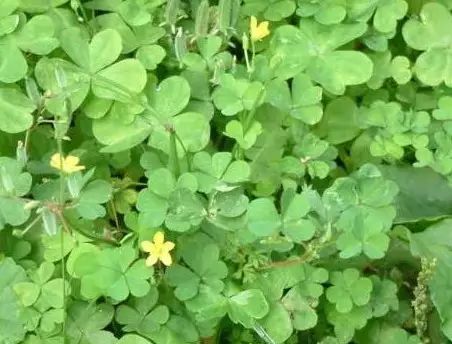
28Ranunculus (Buttercup)
Chinese medicinal name: Poppy finger vegetable, also known as: melon seed grass, high-foot mouse ear grass. It belongs to the Caryophyllaceae family. The whole plant is used medicinally. It has a sweet taste. It clears heat from the urinary tract.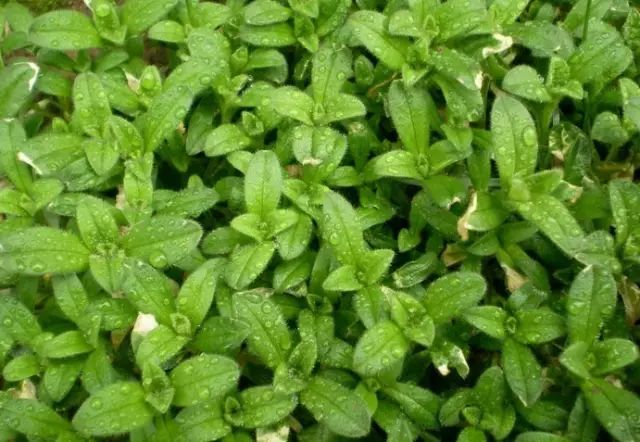
29Rhus (Sumac)
Also known as: pearl grass, earth pine. It belongs to the Anacardiaceae family. The whole plant is used medicinally. It is cool in nature and has a bitter and spicy taste. It treats lacquer sores, bald sores, abscesses, scrofula, dental caries, pediatric milk accumulation, and internal injuries from falls.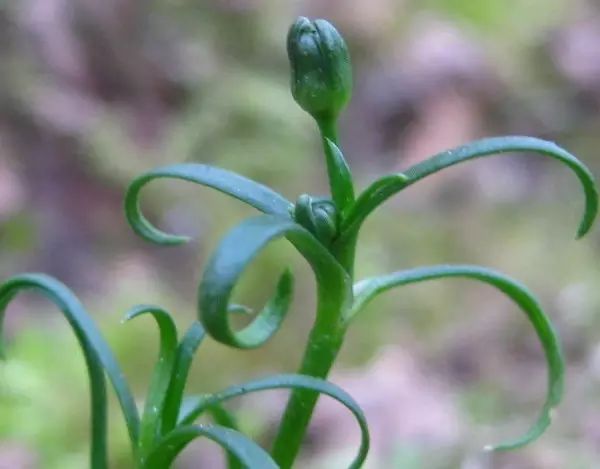
30Hedyotis (Oldenlandia)
Chinese medicinal name: Green orchid flower, also known as: tiger grass, stone lichen grass, and pus medicine. It belongs to the Rubiaceae family. It is cool in nature, slightly sweet, and non-toxic. The whole plant is used medicinally. It reduces inflammation, detoxifies, and treats abscesses, burns, and scalds.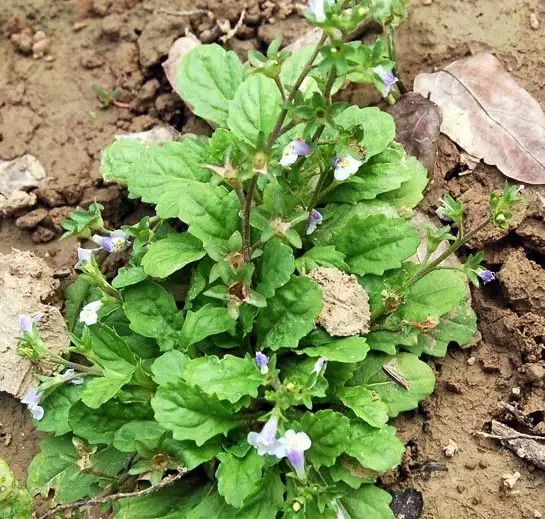
31Persicaria (Knotweed)
Chinese medicinal name: Kidney grass, also known as: lantern grass, Persian water bitter lettuce. It belongs to the Polygonaceae family. It is neutral in nature, with a bitter, spicy, and salty taste. The whole plant is used medicinally. It detoxifies, treats kidney deficiency, and alleviates rheumatism.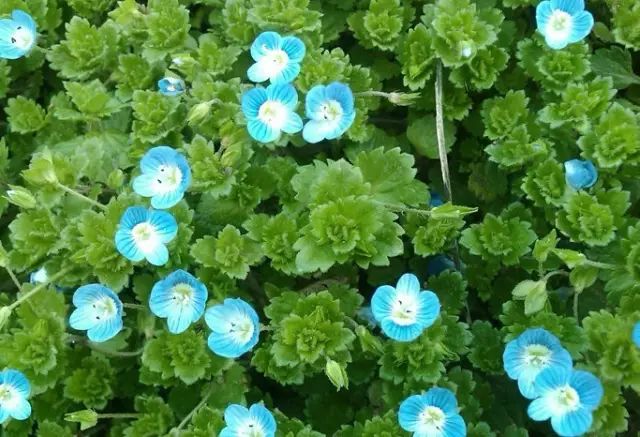
32Juncus (Rush)
It promotes urination, reduces swelling, transforms phlegm, and relieves itching. It is used for ascites, edema, tuberculosis, cervical lymphadenitis, excessive phlegm, cough, and skin diseases.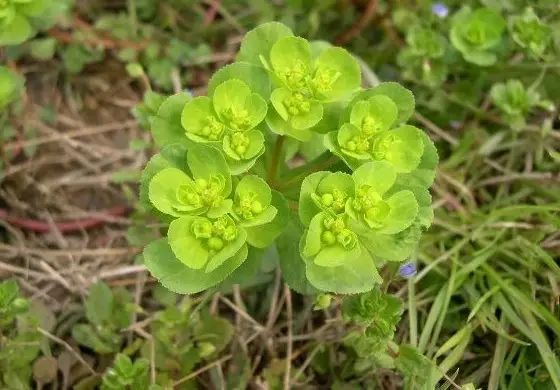
33Setaria (Foxtail Grass)
Also known as: green foxtail grass, grain weed, and fox tail. It is used to clear heat, eliminate dampness, and reduce swelling. It treats abscesses, sores, and red eyes.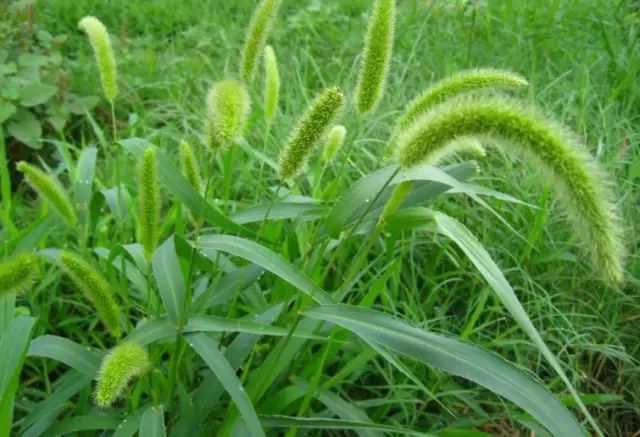
34Hemerocallis (Daylily)
The daylily is a perennial herb with tender flower buds, rich in nutrients, containing abundant pollen, sugars, proteins, vitamin C, calcium, fats, carotene, and amino acids essential for the human body. Its carotene content is several times higher than that of tomatoes. Daylily is sweet and cool in nature, with effects of stopping bleeding, reducing inflammation, clearing heat, promoting dampness, aiding digestion, improving vision, and calming the mind. It is effective for hemoptysis, blood in stool, urinary obstruction, insomnia, and insufficient milk production, and can be used as a tonic after illness or childbirth.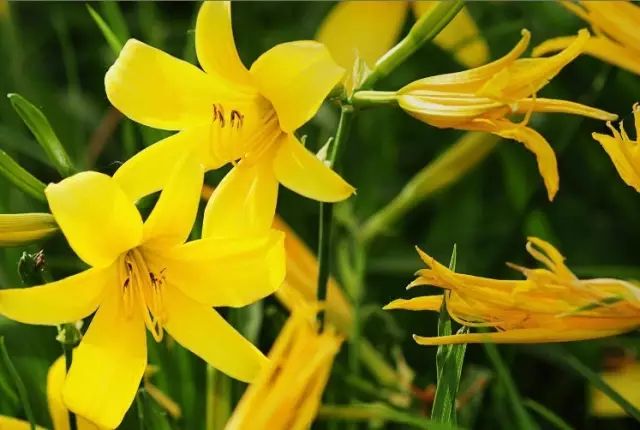
35Fuchsia (Fuchsia)
The medicinal part is the whole plant, which can be harvested throughout its growth period, used fresh or dried for later use.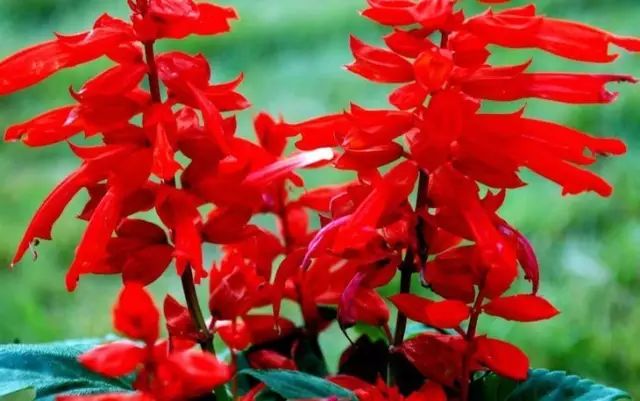
36Duck Tongue Grass (Duck Tongue)
It has a bitter taste and is cool in nature; it has heat-clearing and detoxifying effects. It is primarily used for dysentery, enteritis, acute tonsillitis, erysipelas, and carbuncles. It can also be used for acute bronchitis and whooping cough.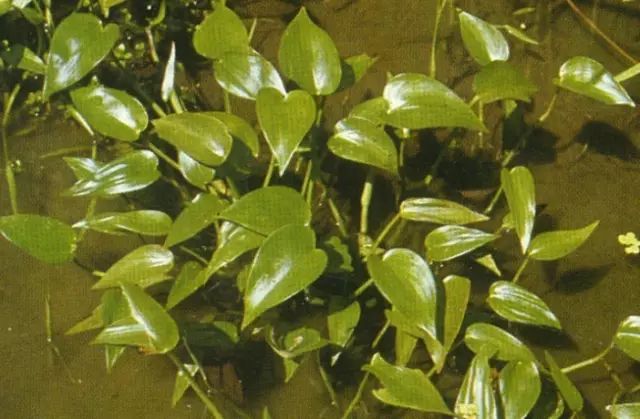
37Orchid (Orchid)
Also known as: water hyacinth, water floating lotus. The whole plant is used medicinally. It is harvested in spring and summer, cleaned, and used fresh or dried.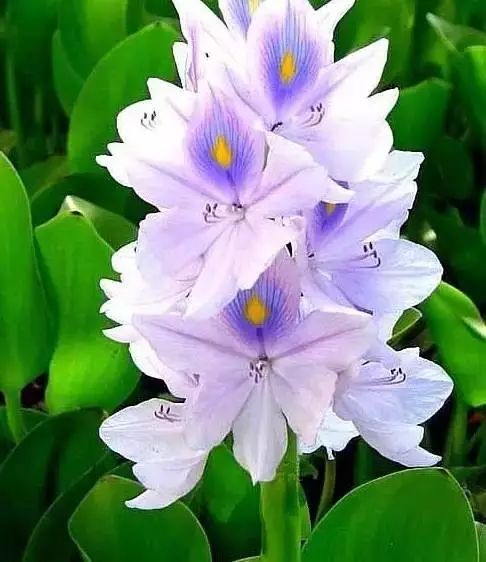
38Ginseng (Ginseng)
It tonifies deficiency and releases the exterior. It treats deficiency-related injuries, hemoptysis, epistaxis, spontaneous sweating, night sweats, women’s leukorrhea, wind-cold cough, stomach pain, diarrhea, and knife wounds.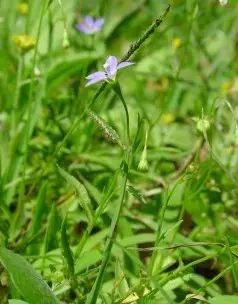
39Bupleurum (Chai Hu)
Properties: Slightly cold, bitter, and spicy, entering the liver, lung, and spleen meridians. Functions: Disperses exterior heat, relieves liver stagnation, and raises yang qi. It is used for colds with fever, alternating chills and fever, malaria, liver qi stagnation, chest and rib distension, prolapse of the rectum, uterine prolapse, and irregular menstruation.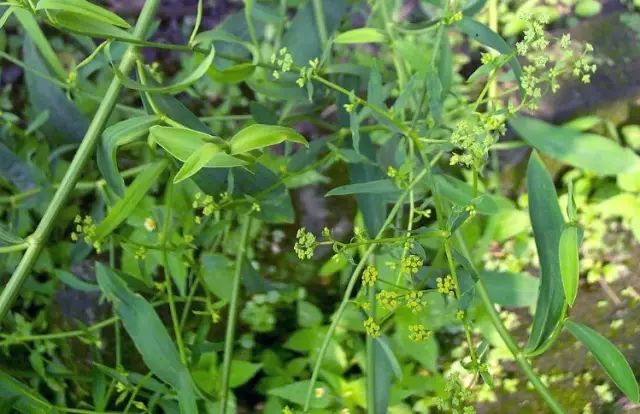
40Ophiopogon (Mai Dong)
Properties: Sweet, slightly bitter, slightly cold. It enters the heart, lung, and stomach meridians. Functions: Nourishes yin, generates fluids, moistens the lungs, and clears the heart. It is used for dry cough due to lung dryness, yin deficiency cough, throat obstruction and pain, thirst due to fluid damage, internal heat thirst, irritability and insomnia, and constipation due to dryness.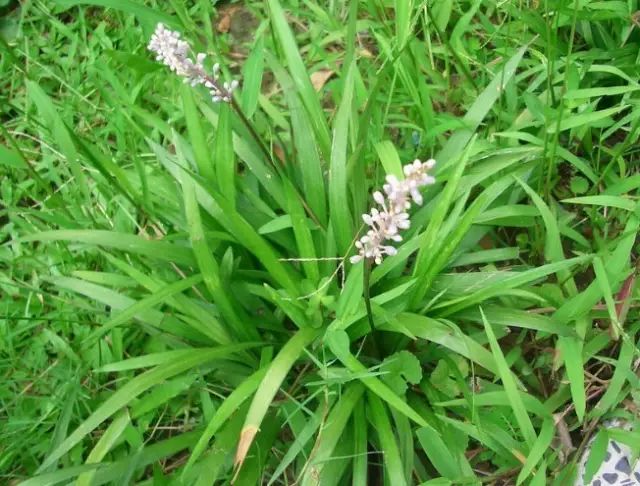
41Polygonatum (Solomon’s Seal)
Nourishes yin, moistens dryness, alleviates irritability, and quenches thirst. It treats heat illness with yin damage, cough with irritability and thirst, deficiency fever, easy hunger, and frequent urination.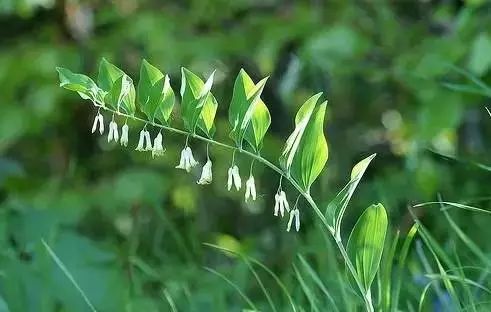
42Morus (Mulberry Bark)
Properties: Sweet and cold, entering the lung meridian. Functions: Clears lung heat, relieves cough, promotes urination, and reduces swelling. It is used for lung heat cough, facial swelling, and urinary difficulties.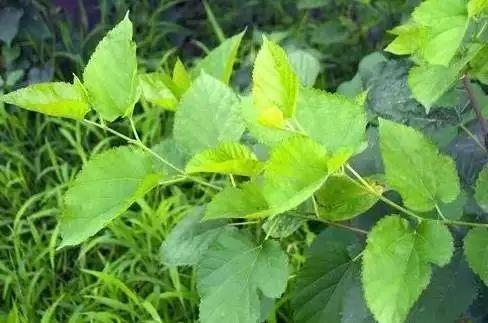
Note: The article is sourced from the internet and public platforms, representing only the original author’s expression, for learning and sharing purposes only, not for any commercial use. Copyright belongs to the original author. If there are any infringements of your rights, please inform us, and we will handle it promptly. Thank you!
Welcome to click below for comments or messages, the editor will select for display!
Welcome to click below for comments or messages, the editor will select for display!Modern Landscaping
ID: xiandaiyuanlin

Long press the QR code to follow
Image
Book
Recommendation
